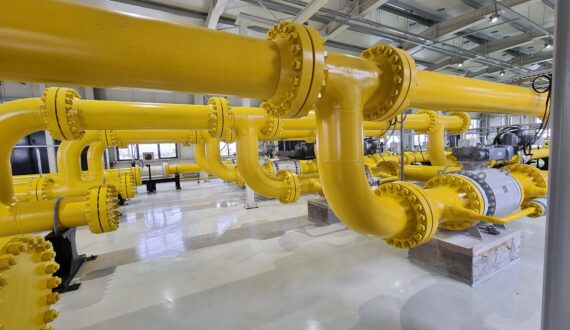Interview with Corneliu Bodea, CEO of Adrem, published on agerpres.ro
I recently read in several papers dedicated to the sustainability of civilization and natural resources that we have the idea that in the balance sheet of companies we should consider the natural resources we use as a loan, both as an organization and as its members. It could be about what we are used to calling the ecological footprint of our activities. In this way, we could give it economic value and take it into account in various analyzes or criteria to measure our economic efficiency. Of course, certain components of this footprint are already revealed, such as the electricity we consume, for example, but there is a long list of other elements related to our ecological footprint that we do not give the necessary importance to quantify.
…
For these reasons, people tend to strive for the adoption of technologies mainly for energy production that do not affect the balance of the planet. Today I would like to refer to hydrogen, because it is so present in the concerns of politicians these days. Interest in this atom dates back to the beginning of the last century, but it gained in importance during the 1970s and 1980s, when fears of depleting natural hydrocarbon resources (gas and oil) were at their peak. Hydrogen is widely used today in desulphurization in the oil refining process and in the production of fertilizers. There are two main processes for its production: thermal reforming of natural gas (molecules with high hydrogen content) or by the process of electrolysis in water. The first process has the disadvantage of generating CO and CO2 as by-products and consequently affects the environment insofar as the production facilities are not accompanied by carbon capture and storage systems. The second process is completely clean and therefore the hydrogen produced in this way is called green hydrogen.
Why is hydrogen not a universal panacea? First of all, due to the high costs for its production. The production of one kg of hydrogen is approximately 2.5 times more expensive than the extraction of an equivalent amount of methane gas by separation technology and more than 3.5 times more expensive by electrolysis-based technology. Of course, this refers to the technologies currently available and science is advancing in the direction of reducing these costs just as the price of hydrocarbon energy is advancing naturally or induced by CO2 emission charging systems. Another difficulty is its unstable and highly explosive nature. Hydrogen storage is difficult both in terms of safety and in terms of the fact that the H2 molecule is very rarefied (1 kg occupies about 11 cubic meters) and occupies very large volumes in the gaseous state and at normal pressure. At the same time, the most common atom in the universe has the disadvantage of being able to easily penetrate through materials and get lost.
Read the full article on agerpres.ro
New energy technologies - Hydrogen, the universal panacea?







